If you were to ask me for a list of my favorite movies of all time, Scott Pilgrim vs. the World would sit comfortably in the top 10. While I didn’t see the film when it initially hit theaters, positive word of mouth made me excited to watch it when it got a home video release on my birthday. It was the one gift that I wanted that year, and I spent that night mesmerized by the action I saw on screen. At that point in my life, I had never seen a movie that openly embraced nerd culture and presented it in a way accessible to newcomers yet was also full of deep-cut references for fans of video games, comics, anime, and everything in-between.
Since then, the film has maintained cult status thanks to its highly quotable sense of humor and constant screenings on channels like Comedy Central, as well as a banging video game. Needless to say, in the 13 years since the film was released and the nearly two decades since the comics originally came out, news of a Scott Pilgrim anime being funded by Netflix was a bit of a shock. What was even more shocking was when absolutely everyone from the movie was revealed to be returning to voice their character in the anime, which will be produced by the anime production house Science Saru. Frankly, it’s about time that someone decided to turn the series into an anime, as it’s a perfect fit for the medium.
Netflix has been on a kick trying to establish itself as a prominent streamer of anime or anime-inspired titles. It has paid for the exclusive streaming rights to shows like the recent Cyberpunk: Edgerunners and Uncle from Another World, as well as commissioned its own original anime series like Pacific Rim: The Black, Neo Yokio, and Dragon’s Dogma. I can’t say that many of its original anime are good, but there’s a clear effort to at least draw more mainstream attention to the anime sector, especially given the rapidly growing popularity of the genre and how many users watch it on their streaming service.
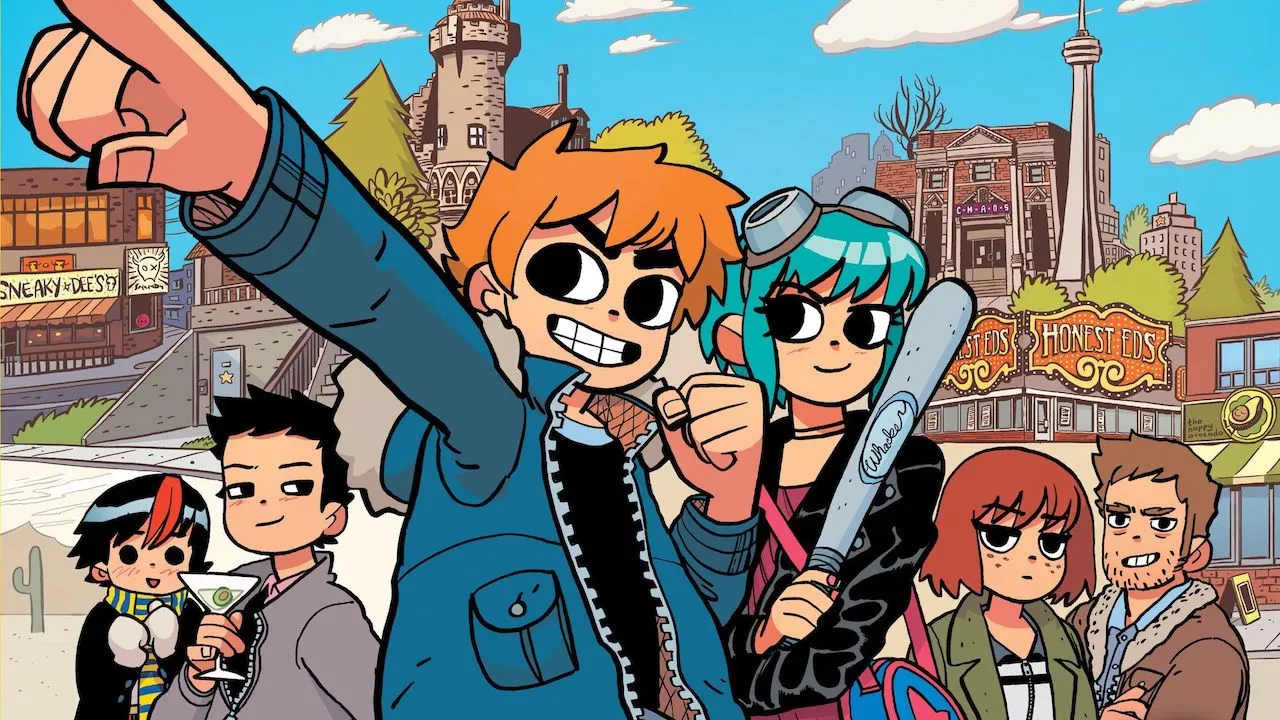
It would make sense then for Netflix to take a property that it has access to and try to adapt it into an anime. And if they were going to commission any studio to make the series, Science Saru would have probably been their first place to look. Despite being a relatively young studio, Science Saru has spent the last few years fostering a fairly strong relationship with Netflix. In 2018 the two released Masaaki Yuasa’s Devilman Crybaby as a Netflix-exclusive anime, and it quickly became one of the best anime of the year, if not the decade. A few short years later, the two partnered again for Japan Sinks: 2020, which didn’t immediately reach the same heights as Devilman Crybaby but is still a fairly solid title. And now, that relationship continues with Scott Pilgrim.
But if you’re a casual fan of Scott Pilgrim, hearing about it getting an anime adaptation may be a bit head-scratching given how, at a glance, it’s fairly removed from anime culture. What about the story, whether it be the film or the comic, has anything to do with anime? Well, there are the surface-level homages and references inserted throughout the series, like one of the villains, Todd Ingram, being one giant Dragon Ball Z and Akira reference, or the climax of the series featuring sword removal sequences that feel straight out of Revolutionary Girl Utena, but it’s deeper than that. The entire Scott Pilgrim series, when you break it down, is a shonen action series with subversive harem tropes thrown in for good measure.
The series is centered on a young good-for-nothing slacker named Scott Pilgrim who just wants to date the mysterious Ramona Flowers. In order to win her heart, he needs to defeat Ramona’s seven evil exes, all the while contending with an ever-growing amount of women that take an interest in Scott, for better or worse. The story is entirely built upon the idea that Scott needs to get into fights with an increasing roster of more powerful enemies and grow/regress as a person as he goes through his journey to become an adult.
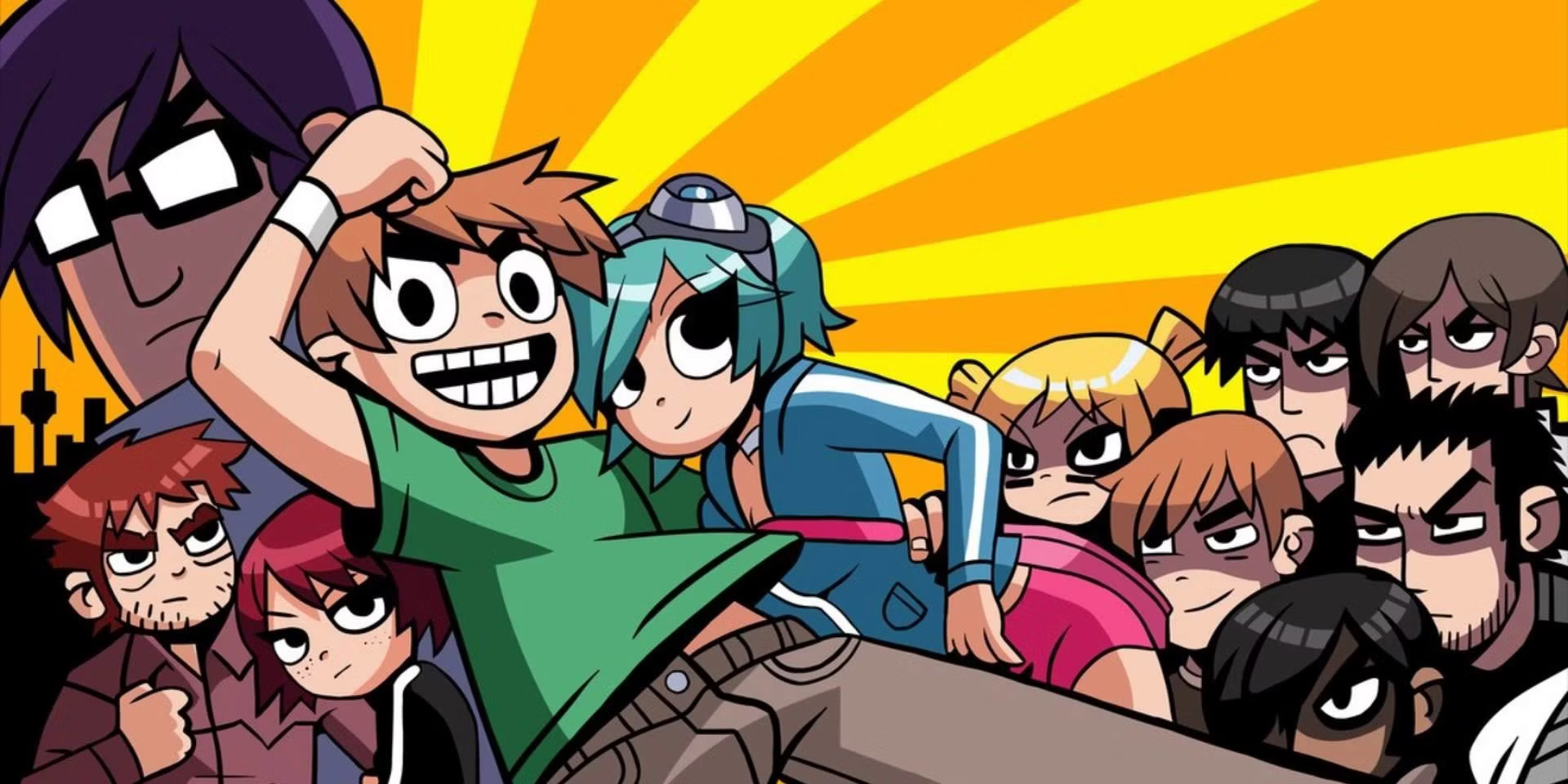
Like most shonen battle series, there is always a clear delineation between the good guys and the evil organization of bad guys that are established to stop our heroes. You have the League of Evil Exes, united by the enigmatic Gideon Graves’ drunken Craigslist post, making them almost a villain of the week for each volume of the comic. The series isn’t entirely focused on having huge drawn-out battles like other shonen series, instead focusing on more of the character drama presented by Scott maturing and realizing he’s hurt a lot of women emotionally in his life.
Scott Pilgrim’s author Bryan Lee O’Malley cites Ranma ½ as being one of the main influences for his art, and it’s fairly easy to see how some of the harem elements of that series bled into Scott Pilgrim. In Ranma ½, we have a variety of different people that are all in love with Ranma, and hijinks ensues throughout while featuring a tinge of action, effectively making the series a balance of relationship drama and martial arts action.
Scott Pilgrim offers a much more realistic deconstruction of the harem genre, looking at how exactly Scott’s relationships and his own fear of commitment damage the women surrounding him. Over the course of the series, there are five women whom Scott admits to having feelings for, and he hurts each of them in different ways, by cheating on them, ignoring their feelings, improperly conveying his feelings, and so on and so forth. Like it or not, he has a harem, but having a harem in the real world isn’t exactly the best if you’re trying to stay monogamous. It’s a fantasy that slowly but surely faces reality.
But what made Scott Pilgrim such a strong success in the West, at least in my opinion, is that it served as a fusion between these Western and Eastern tropes in a way that audiences hadn’t really seen before. Keep in mind, when Scott Pilgrim began publication, manga as a form of publication had only barely begun to make a presence in the West, and anime was still seen as niche, appearing mostly on late-night animation blocks or through word-of-mouth home media sales.
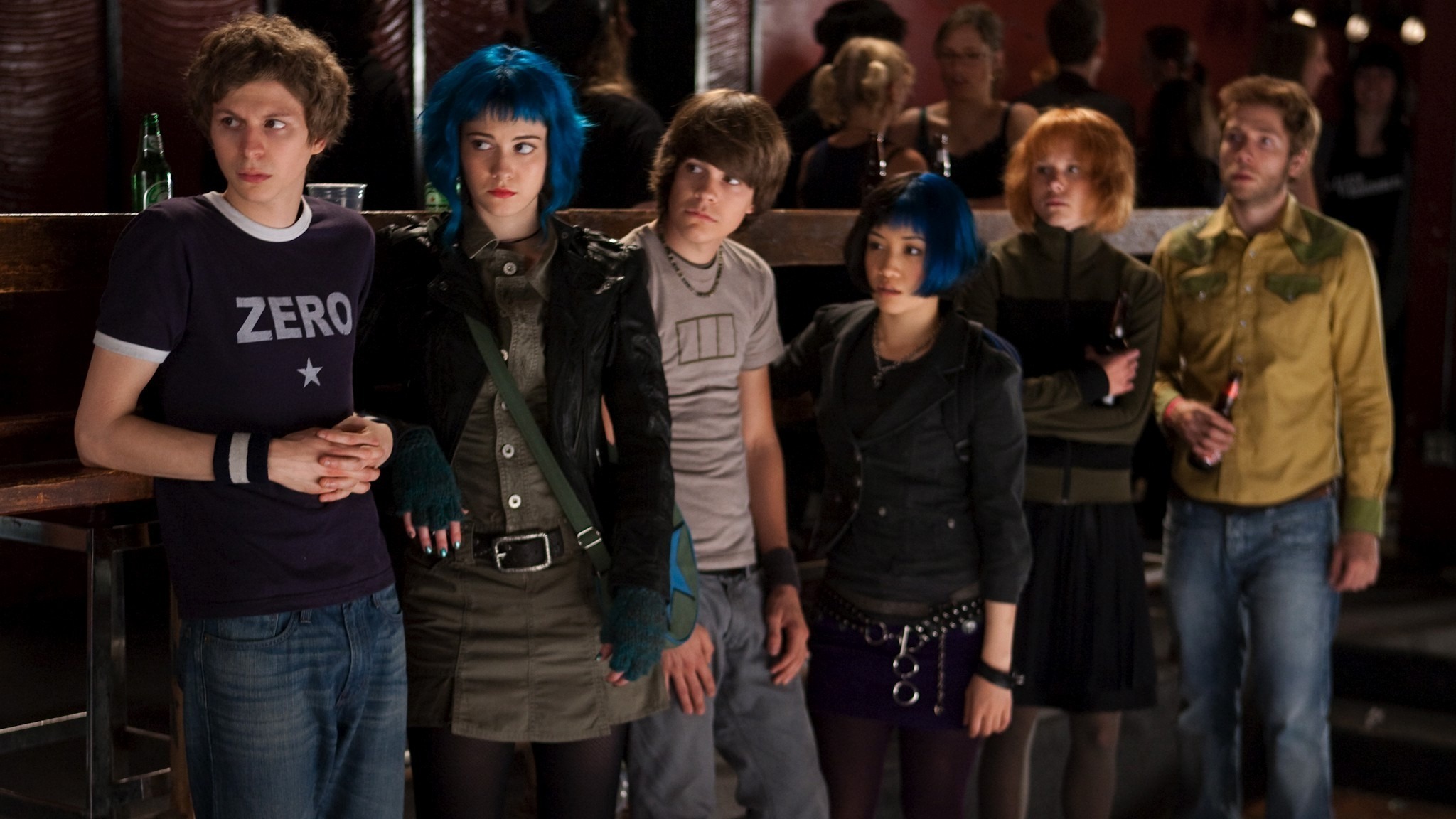
In fact, you can tell through the art that, when Scott Pilgrim began publication, most of its characters had a more Western influence that grounded their designs, before morphing into something more chibi-Japanese influenced by the time the series concluded. These moments and the gradual shift came across well in the comic, but they were somewhat lost in the film due to the nature of filming it in live action.
By making Scott Pilgrim into an anime, now those original moments can be properly showcased by Science Saru — with the performances of the original cast bolstering them even further. If all goes well, we may have the definitive version of the story, one that greatly expands on what the film tried to convey and reintegrates characters who were cut from the film. Lisa Miller and Mr. Chau, who were fundamentally important to understanding the themes of the fourth volume, can have a chance to actually be characters and fundamental parts of Scott’s character development.
At the end of the day, Scott Pilgrim as a series was way ahead of its time, both in terms of the maturity of the story it was trying to tell and how it presented nerd culture. It wore its anime influences on its sleeves, whether or not it was even aware of the implications it was making about shonen action and harem anime. There’s excitement about the upcoming Netflix adaptation, and there’s a strong chance that it’s going to be everything that a fan could ask for. But what I’m most interested in seeing is how audiences today will react to the series once the anime releases. Will audiences pick up on the anime-inspired nuances that the Scott Pilgrim show will almost certainly give off, or will they just see it as another Netflix Original series to binge in a weekend and then swiftly forget about? We’ll just have to find out together. At least it’ll be better than the cheap animation Adult Swim did to tie in to the movie.

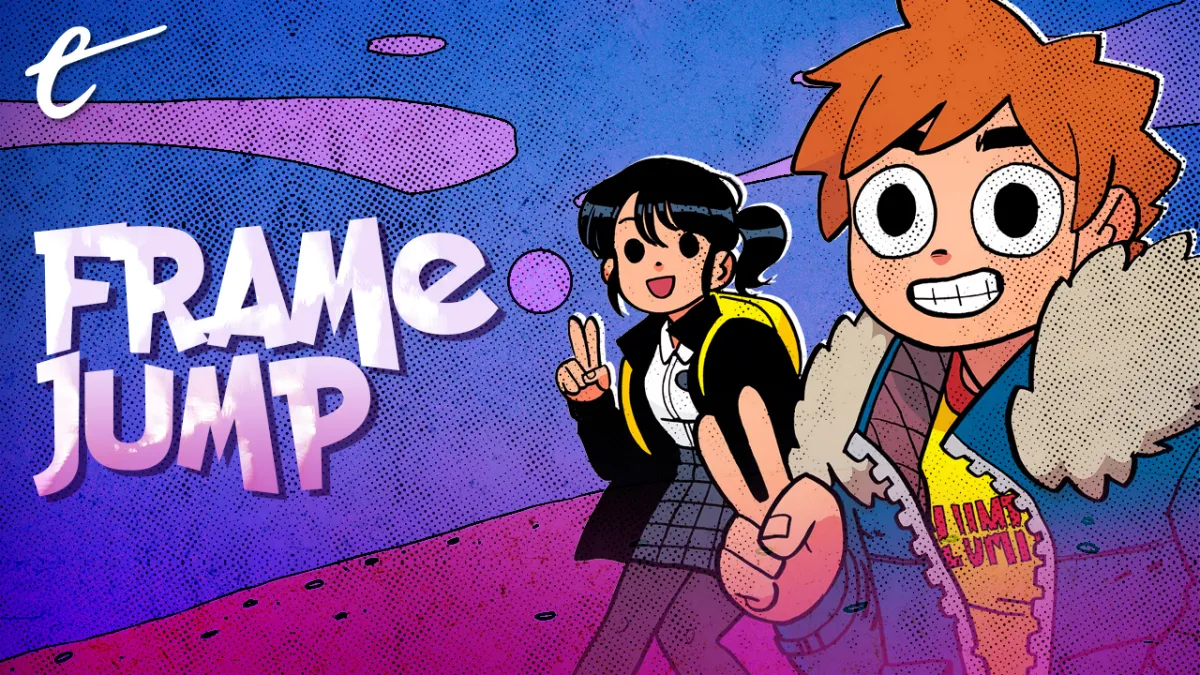



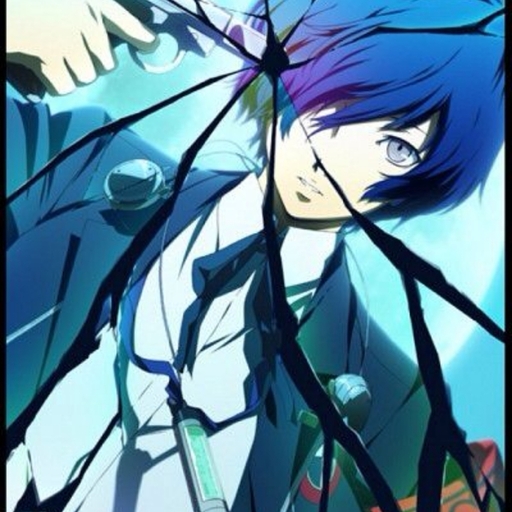
Published: Apr 14, 2023 12:00 pm